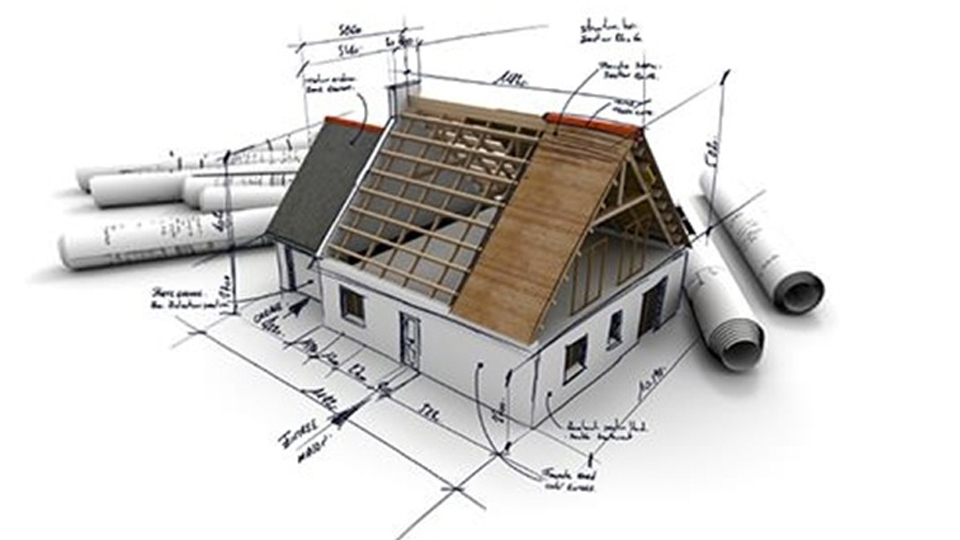Nowadays, building design must not only ensure greater energy savings, but also contribute to environmental sustainability. New buildings are the key factors of a future, where technology, and human ingenuity, will try, as asked, to reduce carbon emissions. Nevertheless, the benefits of this strategy, will extend far beyond the physical walls of a building.

Intelligent Building
All electrical equipment, must in fact guarantee greater stability and reliability. In the same way we are starting seeing more electric cars on the roads, there is the need for an overall technology and saving improvement, in households and workplaces.
Construction companies today work at a high-level of efficiency, using data in new ways and trying to exploit the connections between systems, that until today, were considered independent one from another.
Besides, these benefits are not temporary, but last throughout the life of the building, from its design to its renovation. The intelligent building is the core of this vision, providing the required technology, while enhancing a design thinking, that makes a real intelligent world possible.
The engineering world is going through big changes. Modern buildings design consists, not only in different technologies interaction, but specifically in the interaction with the building and the inhabitants. Today, it is no longer acceptable to design only the outsides of a building.
Its future purpose must be planned in advance, foreseeing the systems that will need to be installed.
The market requires more and more complex solutions, and in-depth studies of the system dynamics. Looking at a building as a dynamic place, allows to get a better energy efficiency and sustainability performance design.
It is difficult or almost impossible to control all the variables that affect the building. Therefore, someone might argue that an “ideal design” does not exist.
Given all the features that influence the building performance, how can you create the perfect design that anticipate all possible scenarios? Luckily today, many progresses have been made, in the manufacture of high quality performance materials.
More innovative systems are extensively developed, day by day. That is why, it is possible, to equip the buildings with the latest technology, responding and adapting more easily to the user’s needs.
The first buildings in history, were primitive shelters, built with stones, sticks, animal skins and other natural materials. Even thought, these buildings were not made of steel and glass – materials used today for modern city skyline – these early constructions still had the same purpose: to provide a comfortable inner space for people.
In fact, over the centuries, buildings have become more and more complex intertwined structures of systems and technologies.
Overtime, every single part of a building has been developed and improved, allowing owners to be independent in choosing lighting systems, security, heating and air-conditioning units, as well as home theater. House owners are today starting to look outside their house, considering the impact that their building has on the electrical grid and on the global environment.
To achieve these objectives, a building cannot be simply designed to offer systems that provide comfort, light and security. It must be designed in such a way, to connect the various elements in an integrated, dynamic and functional way.
This view leads to a construction that perfectly fulfills its mission, while reducing energy costs, supporting a stable electrical grid and mitigating the environmental impact. In a few words, intelligent buildings provide useful construction services. Their objective is to make the occupiers more productive, in terms of costs (such as lighting, thermal comfort, air quality, physical security, services sanitation and many more) and cut down to a minimum the environmental impact during the life of the building.
To achieve this vision, intelligent technology systems must be added from the very beginning of the building design until the end of its life. Intelligent buildings exploit computer technology to connect various subsystems, sharing information, improving the building performance.
Modern buildings contain complex mechanical devices, sophisticated control systems and a series of features to improve safety, comfort and productivity of the occupiers. Many of these systems involve machine-to-machine communication, but an intelligent building also needs a good connection among equipment, systems and human beings.
A perfect example is the air-conditioning system. It increases the efficiency of the operating system of the air-conditioner, incorporating both external meteorological data and data related to the internal occupancy of the building.
Another example concerns the use of a safety system to turn off the lights, and to reduce cooling when the occupiers are not inside. The result is a building where the lighting, the air-conditioning, the security and all the other systems exchange information to achieve greater efficiency, more safety and comfort, and all this at lower running costs.
People who run an intelligent building are the core of its intelligence. An intelligent building, in fact, must provide intuitive tools designed to improve and strengthen the inhabitants’ commitment.
It must provide innovative platforms, such as the “facility manager”, or applications that enable the remote control of the house, interacting at the same time, with tools and technology.
A proactive equipment maintenance, based on algorithms able to detect performance problems, before they can even cause expensive and harmful interruptions, finally allows to preserve the maximum efficiency and reliability of the systems overtime. The system connection to the Internet, allows the use of special platforms for managing the information coming from the building.
As the use of energy and the inhabitants’ comfort are important points for every construction, and require human involvement in decision-making, technology is the key factor to ensure correct instruments and information, vital to designers, engineers and architects to make more intelligent choices.
